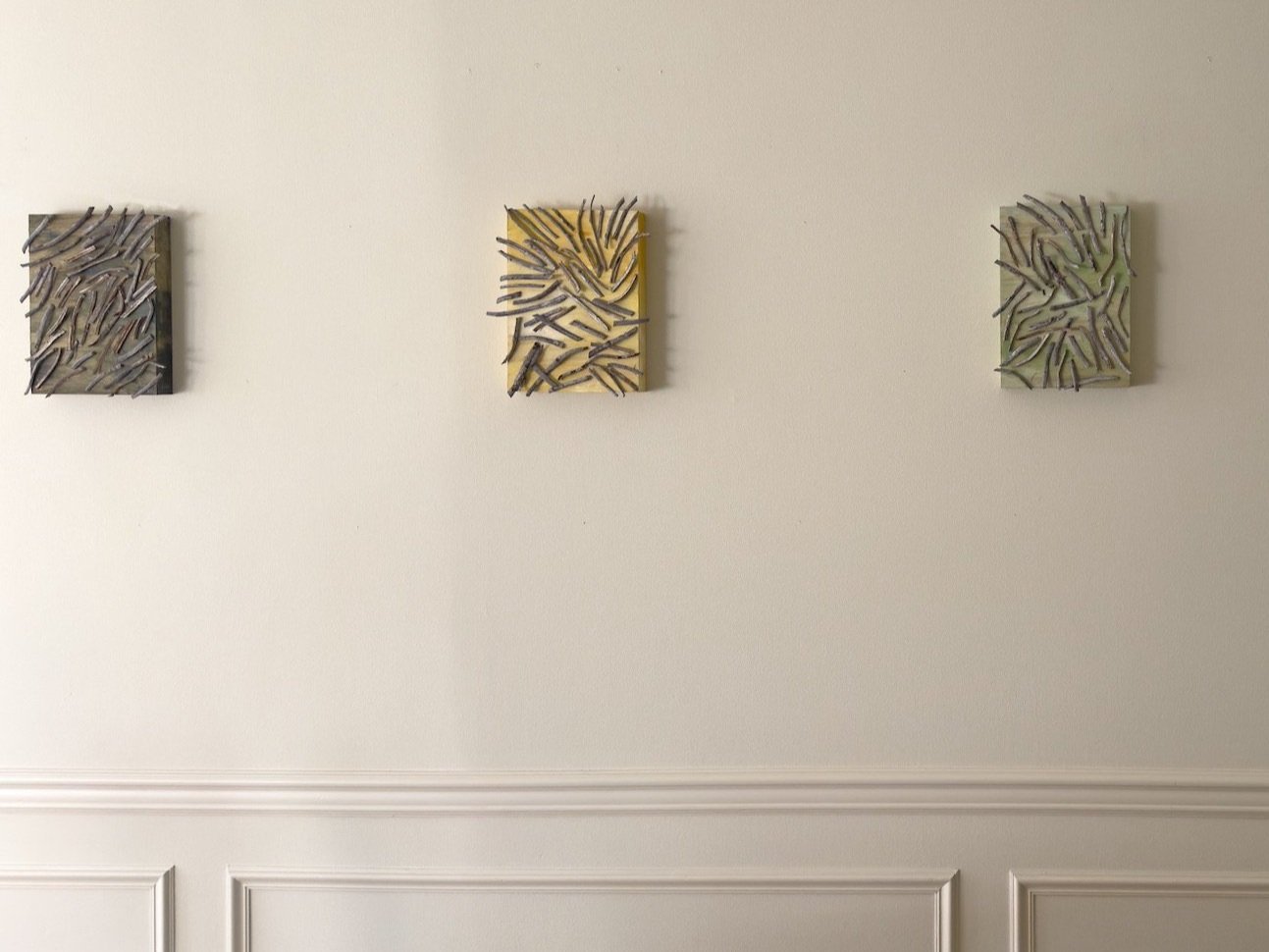SUMMER READING: Italian Journey
READING GOETHE’S ITALIAN JOURNEY SCRATCHES THE ITCH TO SEE NEW LANDSCAPES AND BE TRANSFORMED BY EXTENDED PERIODS OF DISCOVERY.
Johann Heinrich Wilhelm Tischbein - Goethe in the Roman Campagna, 1787
I began reading Italian Journey on the plane back from Mexico City in April and found it to be a page-turner rife with situational humor, the freedom of immersing yourself in someplace new, and humanizing existential uncertainty that are as fresh and relevant today as they were nearly 250 years ago.
Goethe, like many aristocratic scholarly (and not-so-scholarly) types traveled throughout Italy for a period of nearly two years in 1786-87 at the ripe age of 37 (old for The Grand Tour’s formative experience).
From the jacket of the 1962 translation by W.H. Auden and Elizabeth Mayer:
A few days after his thirty-seventh birthday in 1786, Goethe set out on his journey to Italy, hoping to fulfil a personal and artistic quest he had anticipated for years. During his trip he kept a journal and wrote many letters, and it was upon these sources that he based his Italian Journey, although the last part was not published until he was nearly eighty.
Goethe traveled to Venice, Florence, Rome, Naples — all the great cities of Italy down to Sicily. Now, through this magnificent new translation of one of the great travel chronicles of all time, the modern reader has access to the architecture, painting, and sculpture Goethe saw, to the people he met, the nature he studied so avidly, and his reflections on his own work and on the events in his life at the time. It is obvious that the celebrated young author of Werther was revelling in the freedom of his venture away from his duties in Weimar and the taxing literary atmosphere in Germany, for his book is filled with the joy of seeing and experiencing another part of the world.
The translators have captured all the vitality and humor of Goethe’s style, bringing new life to the spirit and genius of the writer. But it is the master himself who provides the timeless picture of Italy which will engage the attention of even the most recent traveller, to whom eighteenth-century Italy will seem amazingly unremote.
—an edition of 2500 copies printed for Pantheon Books, NY on Fabriano paper by Giovanni Mardersteig at the Stamperia Valdonega, Verona.
A beautiful tome in printed cloth binding with numerous color plates. This book is a collectible copy with 536 pages and highly impractical for all but armchair travel.
For your own journey, I recommend the free digital book version, downloadable to your phone from wikibooks in the iPhone Book app: Letters from Italy (Auch in Arcadien).
a couple of passages that were so delightful to read in his naples book:
NAPLES, VELLETRI, Feb. 22, 1787
“As we arrived at the inn, some women, who were sitting before the doors of their houses, called out to us, and asked if we wished to buy any antiquities; and then, as we showed a pretty strong hankering after them, they brought out some old kettles, fire-tongs, and such like utensils, and were ready to die with laughing at having made fools of us. When we seemed a little put out, our guide assured us, to our comfort, that it was a customary joke, and that all strangers had to submit to it.”
S. AGATA, Feb. 24, 1787
“The walls of an ancient style, built after the pattern of net-work, charmed us exceedingly. On the heights the soil is rocky, but nevertheless planted with olive-trees wherever there is the smallest patch of soil to receive them. Next we drove over a plain covered with olive-trees, and then through a small town. We here noticed alters, ancient tombstones, and fragments of every kind, built up in the walls of the pleasure-houses in the gardens; then the lower stones of ancient villas, once exceedingly built, but now filled up with earth, and overgrown with olives. At last we caught sight of Vesuvius, with a cloud of smoke resting on its brow.”
NAPLES, Feb. 27, 1787
“To-day has been a regular carouse, and the time passed rapidly while we visited the most glorious objects. Let man talk, describe, and paint as he may, —to be here is more than all. The shore, the creeks and the bay, Vesuvius, the city, the suburbs, the castles, the atmosphere!…I can pardon all who lose their senses in Naples; and I remember with emotion my father, who retained to the last an indelible impression of those objects which to-day I have cast eyes upon for the first time.”
NAPLES, EVENING, March 1, 1787
“It would be dificult to give an account of this day. How often has the cursory reading of a book which irresistibly carries one with it excercized the greatest influence on a man’s whole life, and produced at once a decisive effect, which neither a second perusal nor earnest relfection can either strengthen or modify. This I experienced in the case of the “Sakuntala.” And do not great men affect us somewhat in the same way? A sail to Puzzuoli, little trips by land, cheerful walks through the most wonderful regions of the world! Beneath the purest sky, the most treacherous soil; ruins of inconceivable opulence, oppressive and saddening; boiling waters, clefts exhaling sulphur, rocks of slag defying vegetable life, bare, forbidding tracts; and then, at last, on all sides the most luxuriant vegetation, seizing every spot and cranny possible, running over every lifeless object, edging the lakes and brooks, and nourishing a glorious wood of oak on the brink of an ancient crater!”
A Point of View
Meet Audra, the founder of Art/artefact, an art-led interior design practice dedicated to placing a personal collection at the heart of every project.
Inspired by creative output across disciplines and categories, Audra trains her eye on the exceptional, weaving connections between the past, present, and future of great design.








